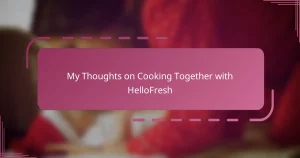Key takeaways
- Family cooking classes foster collaboration, turning meal preparation into a shared experience that strengthens family bonds.
- Cooking together enhances communication and confidence in both parents and children, creating lasting memories and teaching valuable skills.
- Choosing the right class involves considering age inclusivity, class size, and alignment with family values to ensure an enjoyable experience for all.
- Engaging children through manageable tasks and encouraging creativity transforms cooking from a chore into a fun and educational activity.
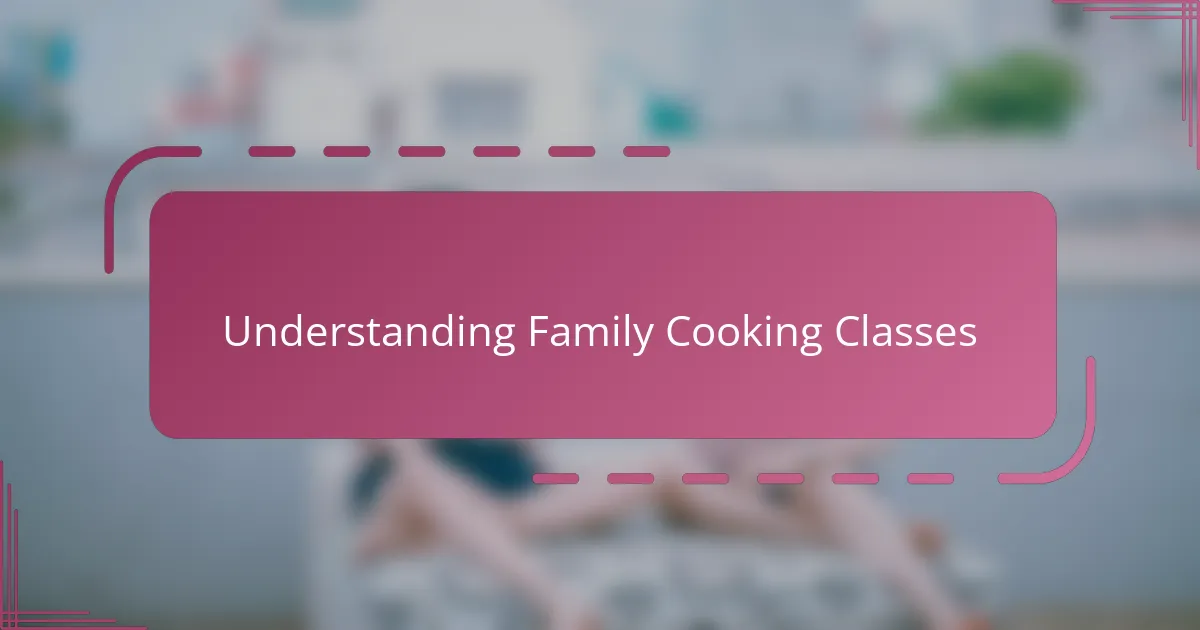
Understanding Family Cooking Classes
Family cooking classes are more than just lessons on preparing meals—they create a shared space where each member participates equally. I noticed how, during these sessions, my kids shifted from picky eaters to curious chefs, eager to try their hands at chopping and stirring.
Have you ever thought about how cooking together turns into an unspoken language within families? For me, those moments kneading dough or mixing batter brought a warmth that extended well beyond the kitchen. It’s where stories unfold and laughter bubbles over, strengthening bonds in a way I hadn’t expected.
What makes family cooking classes truly unique is their focus on collaboration. Unlike solo cooking, this experience invites everyone to contribute, making each dish a collective achievement. I found that this sense of teamwork translated into our everyday interactions, nurturing patience and understanding among us.
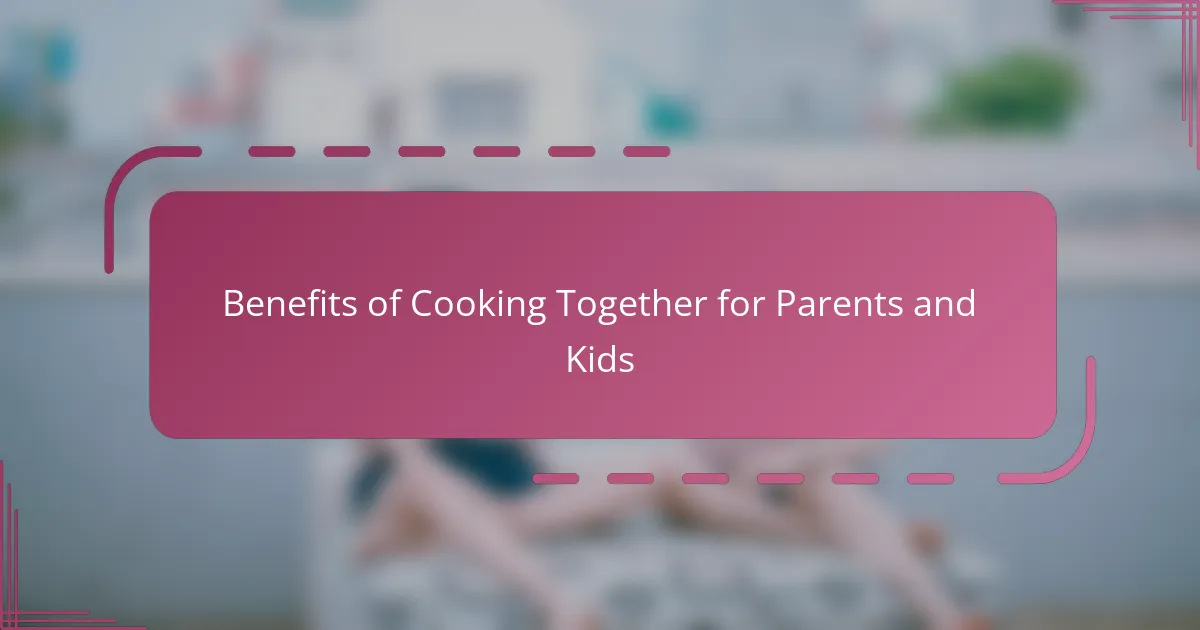
Benefits of Cooking Together for Parents and Kids
There’s something magical about the simple act of cooking side by side. When I watched my kids measure ingredients and follow recipes, I saw their confidence soar. It’s amazing how these small tasks turn into valuable lessons in responsibility and focus for both parents and kids.
Have you noticed how working together over a meal brings out the best conversations? Some of our deepest talks happened while stirring soup or setting the timer. These shared moments helped me connect with my children on a level that everyday routines just can’t reach.
Plus, cooking together is a joy that goes beyond the kitchen. We learned to celebrate each other’s successes, laugh off the little mistakes, and savor the satisfaction of creating something as a team. This connection, built through flour-dusted hands and shared tastes, has truly brought us closer than I ever imagined.
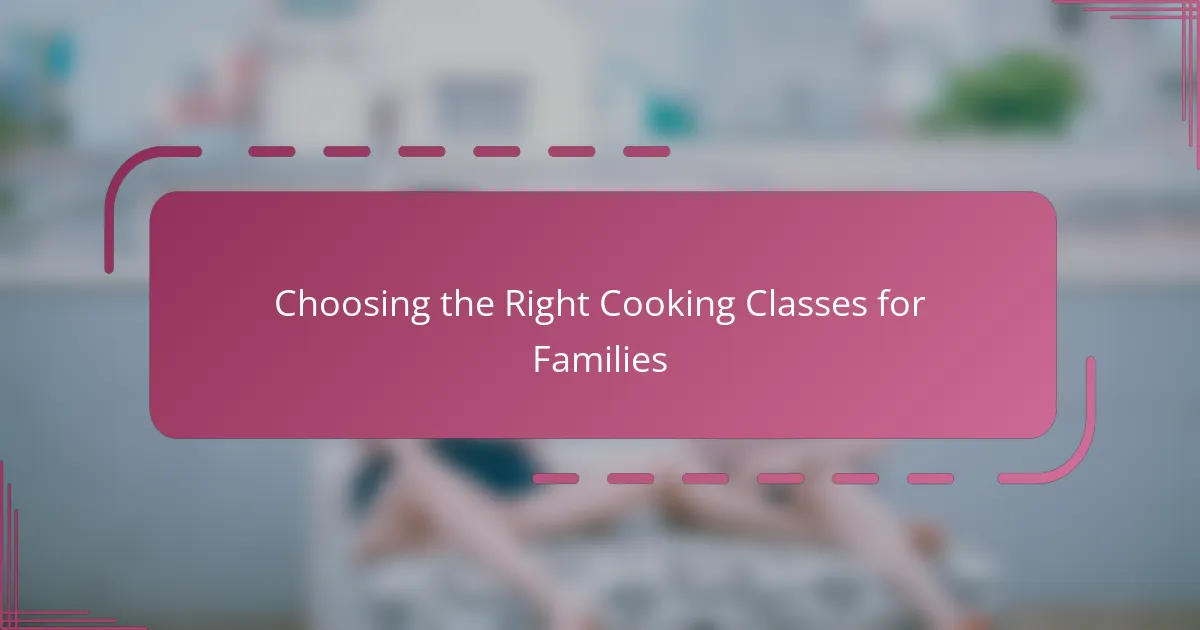
Choosing the Right Cooking Classes for Families
Finding the right cooking class felt like choosing the perfect recipe for our family. I looked for classes that welcomed all ages and skill levels, so nobody felt left out or overwhelmed. Have you ever been in a group where only the adults cook while kids just watch? That didn’t work for us—we wanted everyone to roll up their sleeves together.
I also paid attention to the class size and atmosphere. Smaller groups created a cozy space where my children could ask questions and try new techniques without feeling rushed. The instructor’s approach mattered too; a friendly, patient teacher made all the difference in keeping my kids excited rather than intimidated.
Finally, I asked myself: Does this class align with our family’s tastes and values? We chose sessions that included lots of colorful veggies and easy, wholesome meals because that’s what we value at home. Finding that fit made the experience feel personal, turning each cooking session into something we genuinely looked forward to.
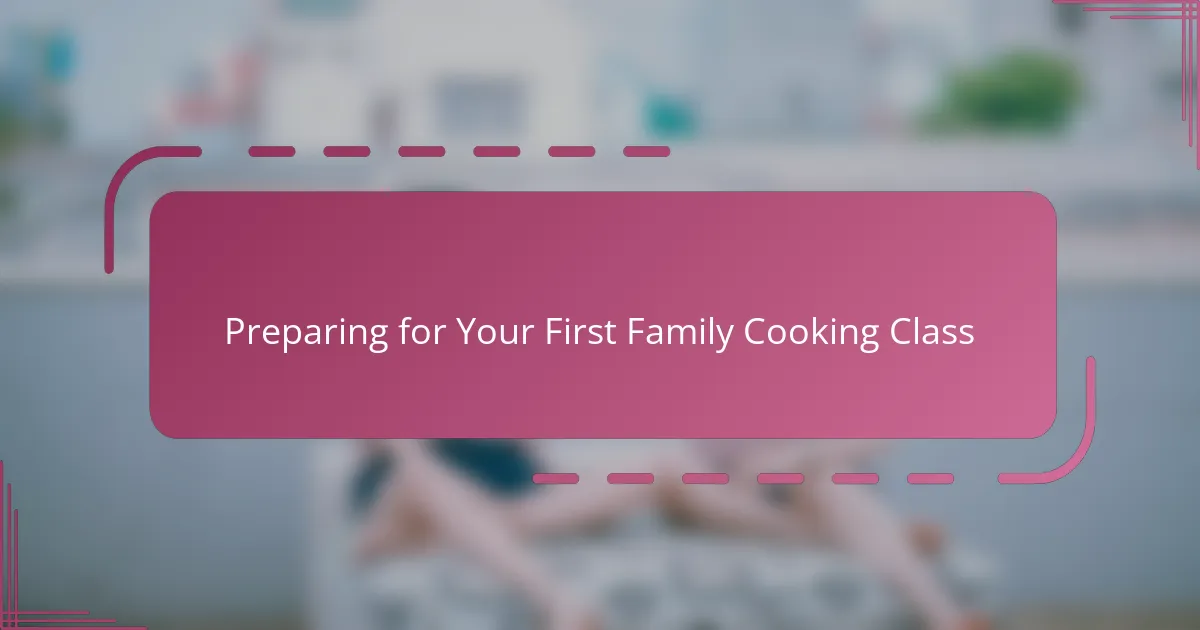
Preparing for Your First Family Cooking Class
Getting ready for our first family cooking class felt like gearing up for an adventure. I made sure we gathered all the basics—aprons, simple utensils, and even a little hand sanitizer—which helped ease my kids’ nerves and made everything feel more official. Have you ever noticed how small preparations can boost excitement and confidence before trying something new?
I also took time to chat with my kids about what to expect. I asked them how they felt about cooking together and which dishes they hoped to make, turning the preparation into a fun conversation rather than a checklist. That moment of sharing hopes and jitters made the experience feel less like a task and more like a family event we were all creating together.
One thing I learned quickly is that embracing the mess is part of the fun. I reminded myself to let go of perfect outcomes and focus on the moments we’d share. When I approached the class with that mindset, I noticed my kids relaxed and started enjoying themselves even more—sometimes the best preparation is simply being ready to enjoy the journey, flour and all.
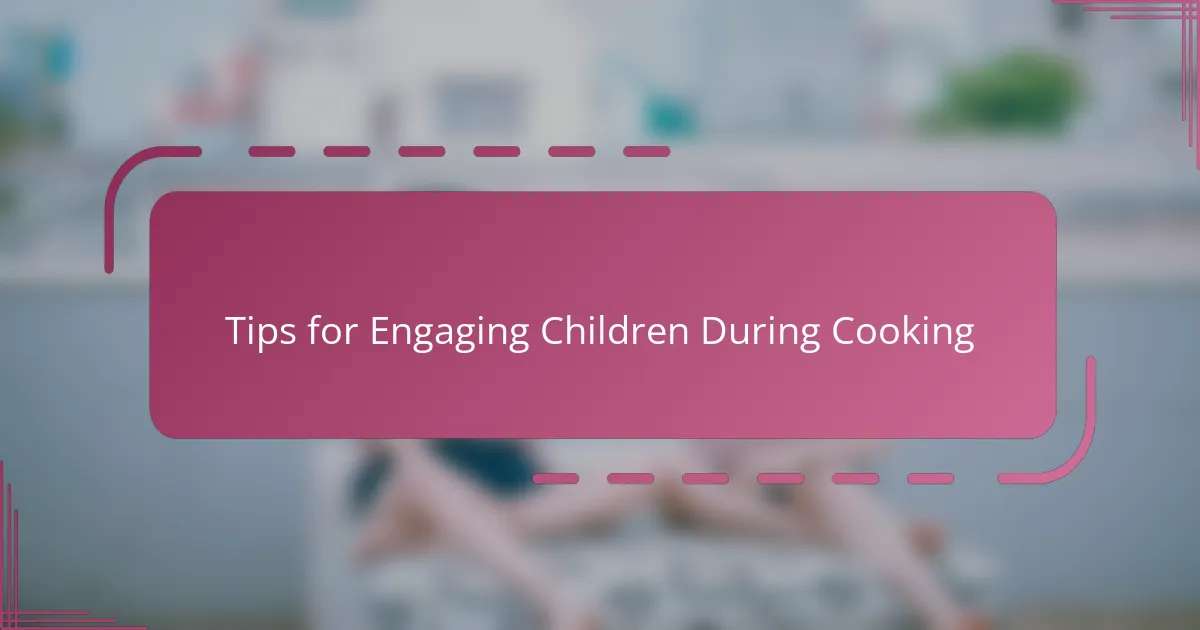
Tips for Engaging Children During Cooking
One trick I found effective was giving my kids small, manageable tasks that matched their age and skills. When my youngest got to sprinkle cheese or stir batter, her eyes lit up with pride — it was her moment to shine. Have you ever seen that sparkle when kids feel genuinely helpful? It’s a game changer.
I also learned to keep instructions simple and fun, avoiding overwhelm that can shut down enthusiasm quickly. Instead of a long list of steps, I broke tasks into bite-sized pieces and cheered every little success. That way, cooking felt more like a playful challenge than a chore.
Sometimes, I let curiosity lead the way by encouraging my kids to ask questions or experiment with ingredients. One afternoon, their wild idea to add cinnamon to pasta turned into a hilarious taste test — not a recipe winner, but definitely a bonding moment. Have you tried turning “mistakes” into learning opportunities in the kitchen? It builds confidence and keeps things lighthearted.
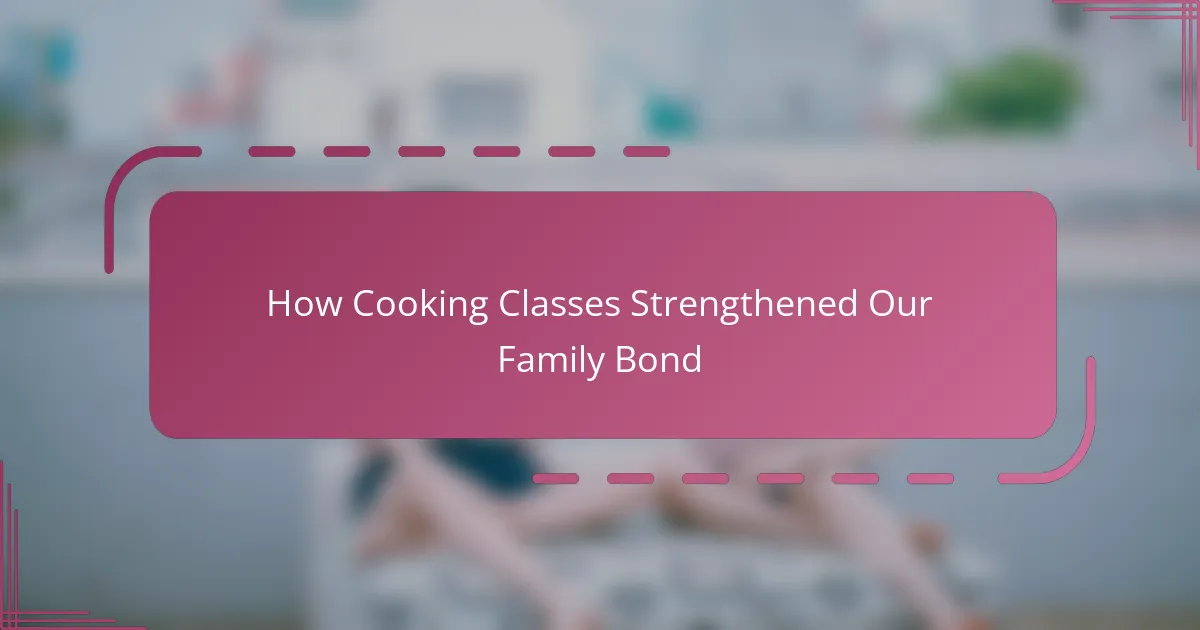
How Cooking Classes Strengthened Our Family Bond
There was something unexpectedly powerful about seeing my family transform from distracted individuals into a team united by a common goal. When we cooked side by side in those classes, I noticed how disagreements faded away, replaced by shared smiles and a rhythm that felt uniquely ours. Have you ever felt that silent understanding blossom simply by passing a bowl or handing over a whisk? That’s exactly what happened with us.
The kitchen became our safe haven where vulnerability was welcomed—whether it was a burnt pancake or a first brave chop. I realized that every little culinary hiccup gave us opportunities to support each other, laugh together, and build trust in ways that everyday life rarely stops to encourage. Those moments made me appreciate how food can nourish not just the body, but the heart of a family.
What truly amazed me was how these classes shifted our family dynamics beyond just cooking. The patience and teamwork we practiced while following a recipe began to seep into our conversations and daily routines. It was like the kitchen taught us a new language of connection, one that made our family bond stronger and richer every time we stirred a pot or tasted a new dish.


